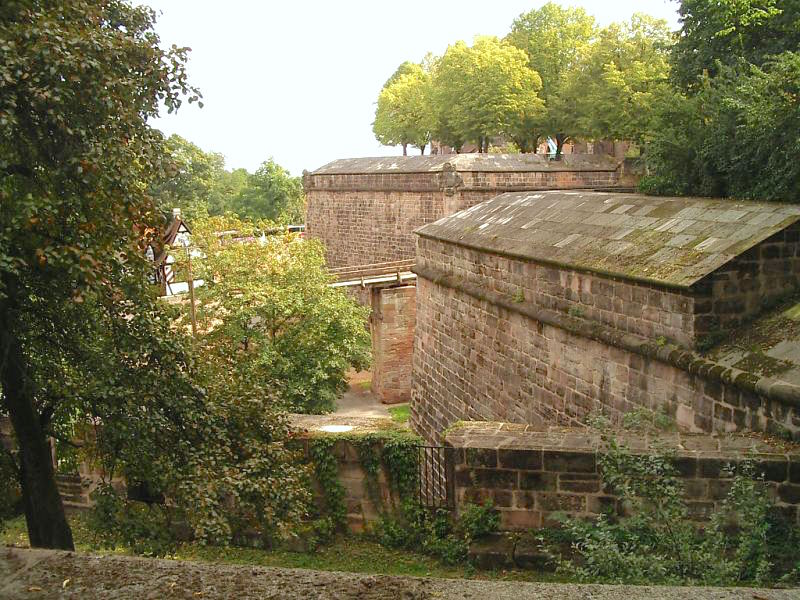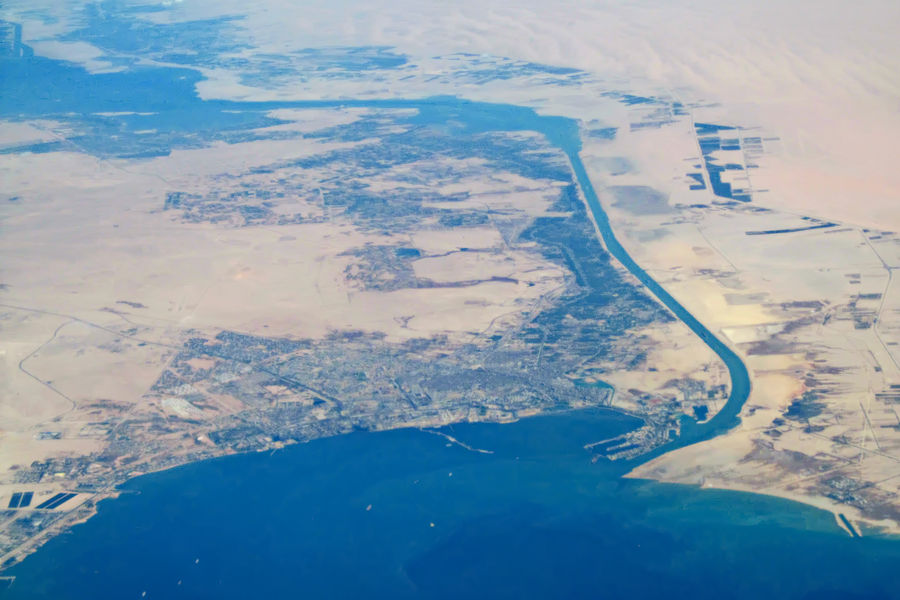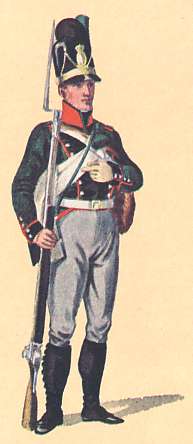|
Friedrich Freiherr Kress Von Kressenstein
Friedrich Siegmund Georg Freiherr Kress von Kressenstein (also ; 24 April 1870 – 16 October 1948) was a German general from Nuremberg. He was a member of the group of German officers who assisted in the direction of the Ottoman Army during World War I. Kress von Kressenstein was part of the military mission of Otto Liman von Sanders to the Ottoman Empire, which arrived shortly before World War I broke out. He was also the main leader for the Ottoman Desert Command Force (DCF). Early life Kress came from a patrician family in Nuremberg. His father, Georg Kress von Kressenstein (1840–1911), was a high court judge. Kress von Kressenstein joined the Bavarian army as an ensign in the artillery in 1888. He was appointed as Second Lieutenant on 6 March 1890. On 1 October 1895, he joined the Bavarian War Academy and graduated in September 1898. He continued his general staff education until 1914. With Otto Liman von Sanders, Kressenstein was sent to Ottoman Empire an ... [...More Info...] [...Related Items...] OR: [Wikipedia] [Google] [Baidu] |
Nuremberg
Nuremberg ( ; german: link=no, Nürnberg ; in the local East Franconian dialect: ''Nämberch'' ) is the second-largest city of the German state of Bavaria after its capital Munich, and its 518,370 (2019) inhabitants make it the 14th-largest city in Germany. On the Pegnitz River (from its confluence with the Rednitz in Fürth onwards: Regnitz, a tributary of the Main (river), River Main) and the Rhine–Main–Danube Canal, it lies in the Bavarian Regierungsbezirk, administrative region of Middle Franconia, and is the largest city and the unofficial capital of Franconia. Nuremberg forms with the neighbouring cities of Fürth, Erlangen and Schwabach a continuous conurbation with a total population of 800,376 (2019), which is the heart of the urban area region with around 1.4 million inhabitants, while the larger Nuremberg Metropolitan Region has approximately 3.6 million inhabitants. The city lies about north of Munich. It is the largest city in the East Franconian dialec ... [...More Info...] [...Related Items...] OR: [Wikipedia] [Google] [Baidu] |
Iron Cross
The Iron Cross (german: link=no, Eisernes Kreuz, , abbreviated EK) was a military decoration in the Kingdom of Prussia, and later in the German Empire (1871–1918) and Nazi Germany (1933–1945). King Frederick William III of Prussia established it on 17 March 1813 during the Napoleonic Wars (EK 1813). The award was backdated to the birthday (10 March) of his late wife, Queen Louise. Louise was the first person to receive this decoration (posthumously). Recommissioned Iron Cross was also awarded during the Franco-Prussian War (EK 1870), World War I (EK 1914), and World War II (EK 1939). During the 1930s and World War II, the Nazi regime superimposed a swastika on the traditional medal. The Iron Cross was usually a military decoration only, though there were instances awarded to civilians for performing military functions, including Hanna Reitsch, who received the Iron Cross, 2nd class, and Iron Cross, 1st Class, and Melitta Schenk Gräfin von Stauffenberg, who recei ... [...More Info...] [...Related Items...] OR: [Wikipedia] [Google] [Baidu] |
Sinai Peninsula
The Sinai Peninsula, or simply Sinai (now usually ) (, , cop, Ⲥⲓⲛⲁ), is a peninsula in Egypt, and the only part of the country located in Asia. It is between the Mediterranean Sea to the north and the Red Sea to the south, and is a land bridge between Asia and Africa. Sinai has a land area of about (6 percent of Egypt's total area) and a population of approximately 600,000 people. Administratively, the vast majority of the area of the Sinai Peninsula is divided into two governorates: the South Sinai Governorate and the North Sinai Governorate. Three other governorates span the Suez Canal, crossing into African Egypt: Suez Governorate on the southern end of the Suez Canal, Ismailia Governorate in the center, and Port Said Governorate in the north. In the classical era the region was known as Arabia Petraea. The peninsula acquired the name Sinai in modern times due to the assumption that a mountain near Saint Catherine's Monastery is the Biblical Mount Sinai. ... [...More Info...] [...Related Items...] OR: [Wikipedia] [Google] [Baidu] |
First Suez Offensive
The Raid on the Suez Canal, also known as Actions on the Suez Canal, took place between 26 January and 4 February 1915 when a German-led Ottoman Army force advanced from Southern Palestine to attack the British Empire-protected Suez Canal, marking the beginning of the Sinai and Palestine Campaign (1915–1918) of World War I (1914–1918). Substantial Ottoman forces crossed the Sinai peninsula, but their attack failed – mainly because of strongly held defences and alert defenders. Background Since its opening in 1869 the Suez Canal had featured prominently in British policy and concerns. Among its great advantages were as a line of communication and also the site for a military base as the well equipped ports at Alexandria and Port Said made the region particularly useful. However, the Egyptian public was becoming increasingly opposed to the British occupation of Egypt, in particular various policies issued by Britain during the occupation. The Convention of Constantinopl ... [...More Info...] [...Related Items...] OR: [Wikipedia] [Google] [Baidu] |
Suez Canal
The Suez Canal ( arz, قَنَاةُ ٱلسُّوَيْسِ, ') is an artificial sea-level waterway in Egypt, connecting the Mediterranean Sea to the Red Sea through the Isthmus of Suez and dividing Africa and Asia. The long canal is a popular trade route between Europe and Asia. In 1858, Ferdinand de Lesseps formed the Suez Canal Company for the express purpose of building the canal. Construction of the canal lasted from 1859 to 1869. The canal officially opened on 17 November 1869. It offers vessels a direct route between the North Atlantic and northern Indian oceans via the Mediterranean Sea and the Red Sea, avoiding the South Atlantic and southern Indian oceans and reducing the journey distance from the Arabian Sea to London by approximately , or 10 days at to 8 days at . The canal extends from the northern terminus of Port Said to the southern terminus of Port Tewfik at the city of Suez. In 2021, more than 20,600 vessels traversed the canal (an average of 56 per d ... [...More Info...] [...Related Items...] OR: [Wikipedia] [Google] [Baidu] |
Enver Pasha
İsmail Enver, better known as Enver Pasha ( ota, اسماعیل انور پاشا; tr, İsmail Enver Paşa; 22 November 1881 – 4 August 1922) was an Ottoman military officer, revolutionary, and convicted war criminal who formed one-third of the dictatorial triumvirate known as the " Three Pashas" (along with Talaat Pasha and Cemal Pasha) in the Ottoman Empire. Enver was a member of the Committee of Union and Progress (CUP), a Young Turk organization that agitated against Abdul Hamid II's absolute rule. He was a leader of the 1908 Young Turk Revolution which reestablished the Constitution and parliamentary democracy in the Ottoman Empire, and along with Ahmed Niyazi was hailed as "hero of the revolution". However multiple crises in the Empire including the 31 March Incident, the Balkan Wars, and the power struggle with the Freedom and Accord Party made Enver and the Unionists disillusioned of political pluralism. After the 1913 Ottoman coup d’état that brough ... [...More Info...] [...Related Items...] OR: [Wikipedia] [Google] [Baidu] |
Ahmed Djemal
Ahmed Djemal ( ota, احمد جمال پاشا, Ahmet Cemâl Paşa; 6 May 1872 – 21 July 1922), also known as Cemal Pasha, was an Ottoman military leader and one of the Three Pashas that ruled the Ottoman Empire during World War I. Djemal was born in Mytilene, Lesbos. As an officer of II Corps he was stationed in Salonica where he developed political sympathies for the Committee of Union and Progress (CUP) reformers. He was initially praised by Christian missionaries and provided support to the Armenian victims of the Adana massacres. In the course of his army career Djemal developed a rivalry with Mustafa Kemal Atatürk, served in Salonica on the frontlines of the Balkan Wars and was given the military command of Constantinople after the Raid on the Sublime Porte. Djemal's authoritarian three year rule in Syria alienated the local population who opposed Turkish nationalism. Djemal Pasha's role in the Armenian genocide has been controversial as his policies were not as dead ... [...More Info...] [...Related Items...] OR: [Wikipedia] [Google] [Baidu] |
War Academy (Kingdom Of Bavaria)
The Bavarian War College, also Bavarian Staff College ( Ge: ''Bayerische Kriegsakademie'') was the highest military facility to educate, instruct, train, and develop ''general staff officers''. It was active from 1867 to the beginning of World War I in 1914. For a better comparison, equivalent institutions of other countries were those like the older and ten times larger Prussian War College of the Prussian Army in Berlin or the k.u.k Kriegsschule (also a War College) of the Austrian Army in Vienna. The War College was subordinated to the ''Inspektion der Militärbildungs-Anstalten'', a department of the Ministry of War, which was responsible for all training and institutions of the Bavarian Army.''Kriegsakademie'' (German), in Wilhelm Volkert, Richard Bauer: ''Handb ... [...More Info...] [...Related Items...] OR: [Wikipedia] [Google] [Baidu] |
Bavarian Army
The Bavarian Army was the army of the Electorate (1682–1806) and then Kingdom (1806–1919) of Bavaria. It existed from 1682 as the standing army of Bavaria until the merger of the military sovereignty (''Wehrhoheit'') of Bavaria into that of the German State in 1919. The Bavarian Army was never comparable to the armies of the Great Powers of the 19th century, but it did provide the Wittelsbach dynasty with sufficient scope of action, in the context of effective alliance politics, to transform Bavaria from a territorially-disjointed small state to the second-largest state of the German Empire after Prussia. History 1682–1790: From the first standing army to the Napoleonic Wars The '' Reichskriegsverfassung'' of 1681 obliged Bavaria to provide troops for the Imperial army. Moreover, the establishment of a standing army was increasingly seen as a sign of nation-statehood and an important tool of absolutist power-politics. At a field camp in Schwabing on 12 October 1682, the ... [...More Info...] [...Related Items...] OR: [Wikipedia] [Google] [Baidu] |
Patrician (post-Roman Europe)
Patricianship, the quality of belonging to a patriciate, began in the ancient world, where cities such as Ancient Rome had a social class of patrician families, whose members were initially the only people allowed to exercise many political functions. In the rise of European towns in the 12th and 13th century, the patriciate, a limited group of families with a special constitutional position, in Henri Pirenne's view, was the motive force. In 19th century Central Europe, the term had become synonymous with the upper Bourgeoisie and cannot be interchanged with the medieval patriciate in Central Europe. In German-speaking parts of Europe as well as in the maritime republics of the Italian Peninsula, the patricians were as a matter of fact the ruling body of the medieval town. Particularly in Italy, they were part of the nobility. With the establishment of the medieval towns, Italian city-states and maritime republics, the patriciate was a formally-defined social class of gov ... [...More Info...] [...Related Items...] OR: [Wikipedia] [Google] [Baidu] |
Desert Command Force
A desert is a barren area of landscape where little precipitation occurs and, consequently, living conditions are hostile for plant and animal life. The lack of vegetation exposes the unprotected surface of the ground to denudation. About one-third of the land surface of the Earth is arid or semi-arid. This includes much of the polar regions, where little precipitation occurs, and which are sometimes called polar deserts or "cold deserts". Deserts can be classified by the amount of precipitation that falls, by the temperature that prevails, by the causes of desertification or by their geographical location. Deserts are formed by weathering processes as large variations in temperature between day and night put strains on the rocks, which consequently break in pieces. Although rain seldom occurs in deserts, there are occasional downpours that can result in flash floods. Rain falling on hot rocks can cause them to shatter, and the resulting fragments and rubble strewn over the de ... [...More Info...] [...Related Items...] OR: [Wikipedia] [Google] [Baidu] |
Ottoman Empire
The Ottoman Empire, * ; is an archaic version. The definite article forms and were synonymous * and el, Оθωμανική Αυτοκρατορία, Othōmanikē Avtokratoria, label=none * info page on book at Martin Luther University) // CITED: p. 36 (PDF p. 38/338) also known as the Turkish Empire, was an empire that controlled much of Southeast Europe, Western Asia, and North Africa, Northern Africa between the 14th and early 20th centuries. It was founded at the end of the 13th century in northwestern Anatolia in the town of Söğüt (modern-day Bilecik Province) by the Turkoman (ethnonym), Turkoman tribal leader Osman I. After 1354, the Ottomans crossed into Europe and, with the Ottoman wars in Europe, conquest of the Balkans, the Ottoman Anatolian beyliks, beylik was transformed into a transcontinental empire. The Ottomans ended the Byzantine Empire with the Fall of Constantinople, conquest of Constantinople in 1453 by Mehmed the Conqueror. Under the reign of Sule ... [...More Info...] [...Related Items...] OR: [Wikipedia] [Google] [Baidu] |








